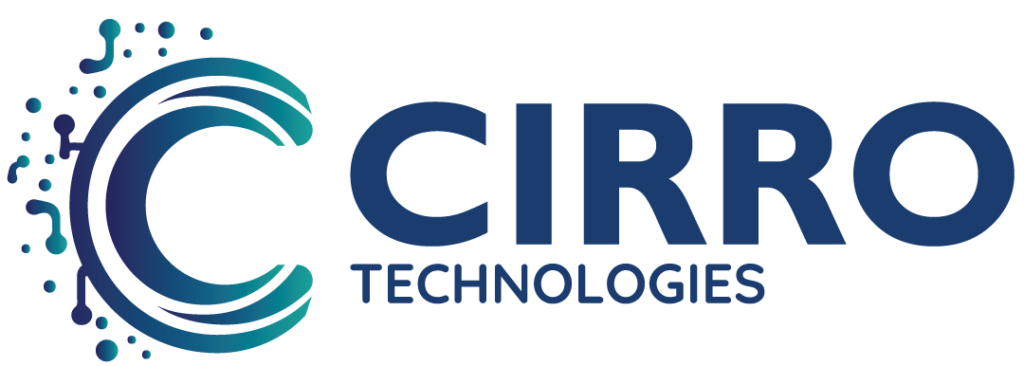Introduction to Remote Work Environments
As the global workforce has shifted towards remote and hybrid work models, the need for robust data security measures has become increasingly critical. Remote work environments present unique challenges that require a tailored approach to safeguarding sensitive information and ensuring business continuity. In this comprehensive guide, we will explore the importance of data security for remote workers, common risks, and best practices to help you secure your remote work environment.
The Importance of Data Security for Remote Workers
In today’s digital landscape, remote work has become the norm for many organizations. While this shift offers increased flexibility and productivity, it also introduces new vulnerabilities that must be addressed. Remote workers often access and store sensitive company data on personal devices, connect to unsecured networks, and rely on cloud-based tools that may not have the same level of security as on-premise systems. Failing to prioritize data security in a remote work environment can lead to devastating consequences, such as data breaches, loss of confidential information, and significant financial and reputational damage.
Common Data Security Risks for Remote Workers
- Unsecured Home Networks: Remote workers often rely on home Wi-Fi networks that may lack the robust security measures found in a corporate office environment, making them vulnerable to unauthorized access and data interception.
- Unprotected Devices: Personal devices used for remote work, such as laptops, tablets, and smartphones, may not have the same level of security controls as company-issued devices, increasing the risk of data loss or theft.
- Lack of Physical Security: Remote workers may not have the same physical security measures in place as they would in a traditional office setting, making it easier for unauthorized individuals to gain access to sensitive information.
- Phishing and Social Engineering Attacks: Remote workers may be more susceptible to phishing and social engineering attacks, as they may be less vigilant when working outside the corporate environment.
- Unauthorized Access to Cloud-Based Tools: Remote workers may use cloud-based applications and storage solutions that may not have the same level of access control and data protection as on-premise systems.
Best Practices for Securing Remote Data
- Implement Strong Access Controls: Ensure that all remote workers use strong and unique passwords, and implement multi-factor authentication (MFA) to add an extra layer of security to access company resources.
- Encrypt Data: Implement robust data encryption for all remote data, both in transit and at rest, to protect sensitive information from unauthorized access.
- Establish Secure Network Connections: Require remote workers to use a virtual private network (VPN) or other secure remote access solutions to establish a secure connection when accessing company resources.
- Educate Remote Employees: Provide comprehensive training and ongoing awareness programs to educate remote employees on best practices for data security, including recognizing and reporting phishing attempts, securing personal devices, and safely handling sensitive information.
- Implement Endpoint Security: Ensure that all devices used for remote work, including personal devices, are equipped with up-to-date antivirus software, firewalls, and other security tools to protect against malware and unauthorized access.
- Utilize Secure Cloud-Based Tools: Carefully evaluate and select cloud-based applications and storage solutions that prioritize data security and comply with industry regulations and best practices.
- Regularly Monitor and Manage Remote Data Security: Establish robust monitoring and management processes to detect and respond to potential security incidents, and regularly review and update your remote data security strategies.
- Develop a Comprehensive Incident Response Plan: Create a detailed incident response plan that outlines the steps to be taken in the event of a data breach or other security incident, including procedures for containment, investigation, and recovery.
Choosing the Right Tools and Software for Remote Data Security
Selecting the appropriate tools and software is essential for securing your remote work environment. Some key considerations include:
- Virtual Private Network (VPN): A reliable and secure VPN solution that encrypts all internet traffic and provides a private, encrypted connection to company resources.
- Cloud-Based File Storage and Collaboration Tools: Cloud-based platforms that offer robust security features, such as end-to-end encryption, access controls, and audit logging.
- Password Management Tools: A centralized password manager that generates, stores, and manages strong, unique passwords for all remote workers.
- Multi-Factor Authentication (MFA): An MFA solution that requires multiple forms of authentication, such as a password, biometric data, or a one-time code, to access company resources.
- Endpoint Security Software: Comprehensive security software that provides antivirus, anti-malware, and firewall protection for all devices used for remote work.
- Security Awareness Training Platforms: Interactive training programs that educate remote workers on best practices for data security, phishing prevention, and incident response.
- Security Monitoring and Incident Response Tools: Solutions that enable real-time monitoring, detection, and response to security incidents within the remote work environment.
Implementing Strong Passwords and Multi-Factor Authentication
Robust access controls are the foundation of a secure remote work environment. Ensure that all remote workers use strong, unique passwords for their accounts and implement multi-factor authentication (MFA) to add an extra layer of security. Encourage the use of password managers to generate and store complex passwords, and regularly review and update password policies to maintain best practices.
Encrypting Data for Remote Access and Storage
Data encryption is a critical component of remote data security. Implement end-to-end encryption for all data in transit and at rest, whether it’s being accessed, shared, or stored in the cloud or on local devices. Utilize encryption tools and protocols, such as Transport Layer Security (TLS) and Advanced Encryption Standard (AES), to protect sensitive information from unauthorized access.
Establishing Secure Network Connections for Remote Work
Remote workers must use secure network connections to access company resources. Require the use of a virtual private network (VPN) or other secure remote access solutions to establish an encrypted, private connection between the remote worker’s device and the company’s network. Regularly review and update your VPN policies and configurations to ensure they align with best practices and industry standards.
Educating Remote Employees on Data Security Practices
Comprehensive employee training and awareness are essential for maintaining a secure remote work environment. Develop and implement ongoing training programs that educate remote workers on best practices for data security, including recognizing and reporting phishing attempts, securely handling sensitive information, and protecting personal devices used for remote work. Encourage a culture of security awareness and empower remote workers to be active participants in safeguarding company data.
Monitoring and Managing Remote Data Security
Establish robust monitoring and management processes to detect and respond to potential security incidents within your remote work environment. Utilize security monitoring tools and platforms to continuously analyze network traffic, user activity, and device behavior for any anomalies or suspicious activity. Regularly review and update your security policies and procedures to address evolving threats and ensure compliance with industry regulations and best practices.
Responding to and Recovering from Data Breaches in a Remote Work Environment
Despite your best efforts, the possibility of a data breach in a remote work environment cannot be entirely eliminated. Develop a comprehensive incident response plan that outlines the steps to be taken in the event of a security incident, including procedures for containment, investigation, and recovery. Regularly test and update your incident response plan to ensure it remains effective and adaptable to the changing threat landscape.
Conclusion: Maintaining a Secure Remote Work Environment for the Long Term
Securing a remote work environment is an ongoing process that requires a multi-layered approach, continuous monitoring, and a commitment to staying ahead of emerging threats. By implementing the best practices and strategies outlined in this guide, you can effectively protect your organization’s sensitive data, maintain business continuity, and foster a culture of security awareness among your remote workforce. Remember, the security of your remote work environment is not just an IT challenge – it’s a shared responsibility that requires the active participation of all remote workers.To take the first step towards securing your remote work environment, schedule a consultation with our data security experts today. We will work with you to assess your current security posture, identify vulnerabilities, and develop a customized plan to protect your remote data and ensure business continuity. Contact us now to get started.



